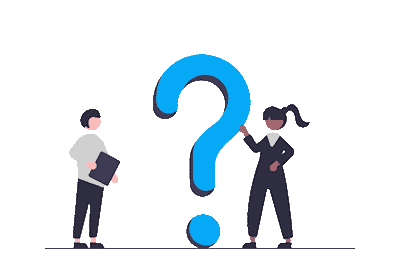F.A.Q.'s

1 – About tinnitus.
- Can I use audio therapy without medical advice?
Yes, but keep in mind that audio processing can in no way replace a medical opinion and/or a medical follow-up.
- I feel my tinnitus on one side, can I follow the treatment?
Yes, you can follow the treatment in the same way.
- I feel several tinnitus at different frequencies, what to do?
You need to focus on the frequency of the dominant tinnitus.
- I have hyperacusis, can I use audio therapy?
Our therapy has not been created to treat Hyperacusis. In this particular case you must take advice from your doctor or specialist before using the audio therapy.

2 – About audio therapy.
- How does the audio therapy work?
Please check here.
- What is the scientific basis for the audio therapy?
Our therapy is based on the research conducted by H. OKAMOTO, H. STRACKE, W. STOLL, C. PANTEV in Muenster, Germany, summarized here. ; Find the original publication here (in english).
- I cannot identify the frequency of my tinnitus.
This can be problematic. Be patient and persistent, or try the following tips:
Sing your tinnitus at the same time as you adjust the frequency of the player.
Cut and return the player’s sound to feel the differences.
- Can I listen to audio therapy all night?
Yes, there is no limit to that except perhaps your partner’s patience! Be sure to adjust the volume of the audio to a level slightly lower than the perception of your tinnitus.
- Can I listen with a headset or headphones, and how loud should I listen?
Yes, this is allright and maybe better because you are not going to disturb anyone. It is advisable to adjust the volume so that the audio processing is slightly less than the volume perceived of the tinnitus.
- How long can you listen to the audio processing?
There is no limit, and the effectiveness of the treatment depends on the listening time. You will of course have to respect your surroundings, and a minimum duration of 30 minutes per day is advised.
- Can I transfer audio files from my phone to my computer or other device and how?
Yes, you can freely transfer the audio files that are in MP3 format from your phone to your computer or any audio playback device.
Finding the downloaded items on your phone may be tricky, here is a link to help (in english).
- Can I give my audio to my cousin who is also a victim of tinnitus?
No, the audio therapy is personalized for the treatment of your tinnitus and is not adapted for another person’s pathology.
- Are breathing and relaxation exercises mandatory?
No, they complement the audio therapy, but you may also practice them alone at your convenience.

3 – Administration
- I don’t want to receive the newsletter anymore, how to do?
Simply send an email with the subject ‘Unsuscribe’ to contact@atinysilence.com.
- How is my personal data managed and what are my rights?
Your personal data is managed in compliance with the European Union regulation no. 2016/679 of 27 April 2016 (GDPR); More information with our Privacy Policy.
- Once the payment is done, will the treatment be acquired for life?
Yes the single payment gives you the unlimited and non alienable right to use your personalized audio processing on any medium of your choice.
